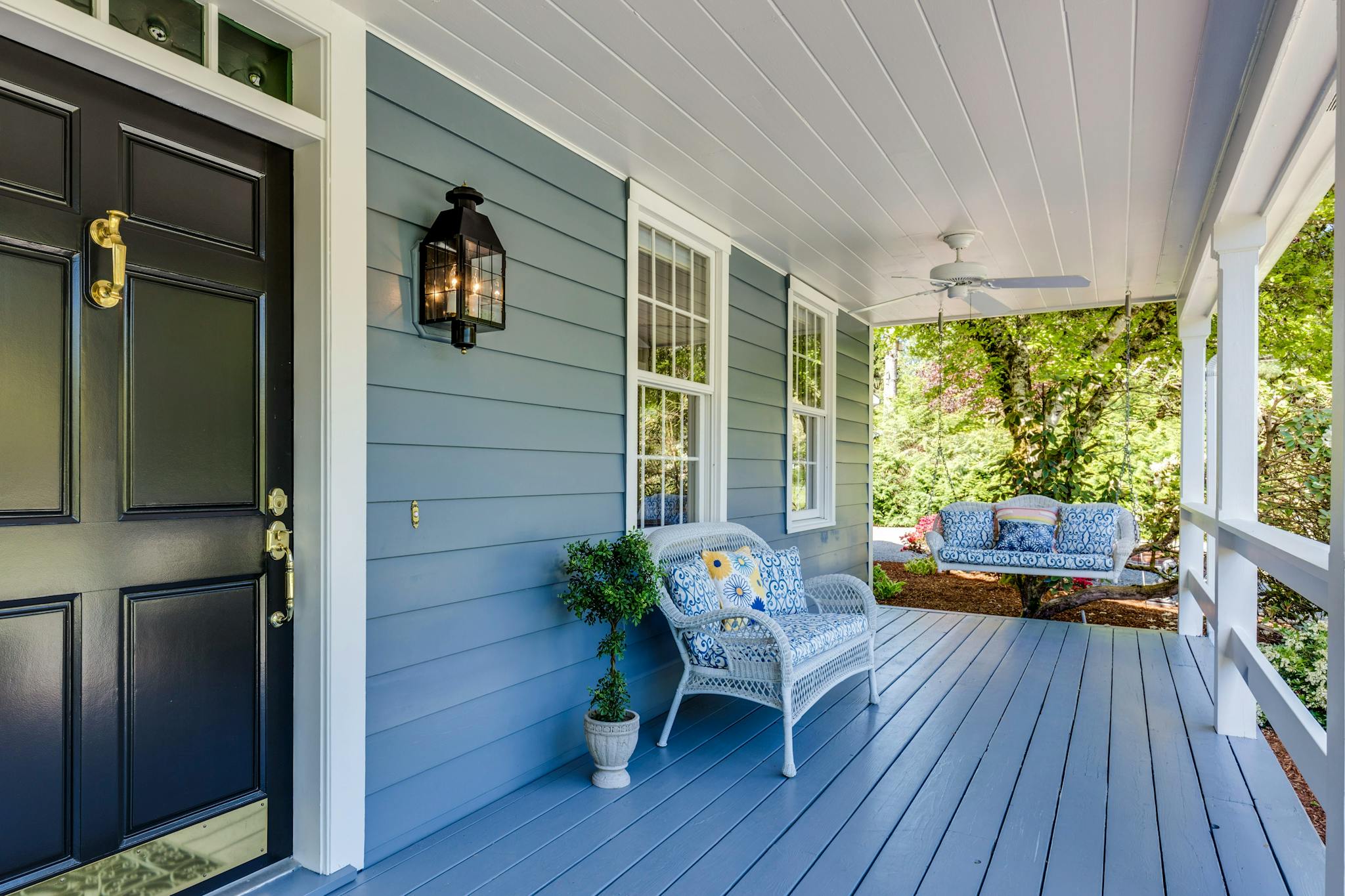
Project 3
nxNBNBbsbsdxbsdbjbscfbbajbsjbjfbajbfcdjbjbjfbajbfdjbjdbjbadjbdfjfbjs
Key Features
- traffic than commercial zones, and there's often a sense of community, with neighbors interacting at local events or while walking their pets. Streetlights, crosswalks, and stop signs contribute to safety, while some areas might have cul-de-sacs to reduce through traffic. The architecture varies but is generally consistent within a neighborhood, with styles ranging from modern to classic suburban homes, often painted in neutral tones.
Insights
A typical residential area is a neighborhood designed primarily for people to live in, offering a mix of housing types, services, and green spaces. The streets are often tree-lined, with sidewalks and driveways leading up to single-family homes, townhouses, or apartment buildings. Houses are typically set back from the street, with front yards featuring lawns, flowers, or shrubs, and some homes may have fences or gates. You'll find amenities such as parks, playgrounds, schools, and small retail shops nearby, making it convenient for families. The area is usually quieter, with less traffic than commercial zones, and there's often a sense of community, with neighbors interacting at local events or while walking their pets. Streetlights, crosswalks, and stop signs contribute to safety, while some areas might have cul-de-sacs to reduce through traffic.